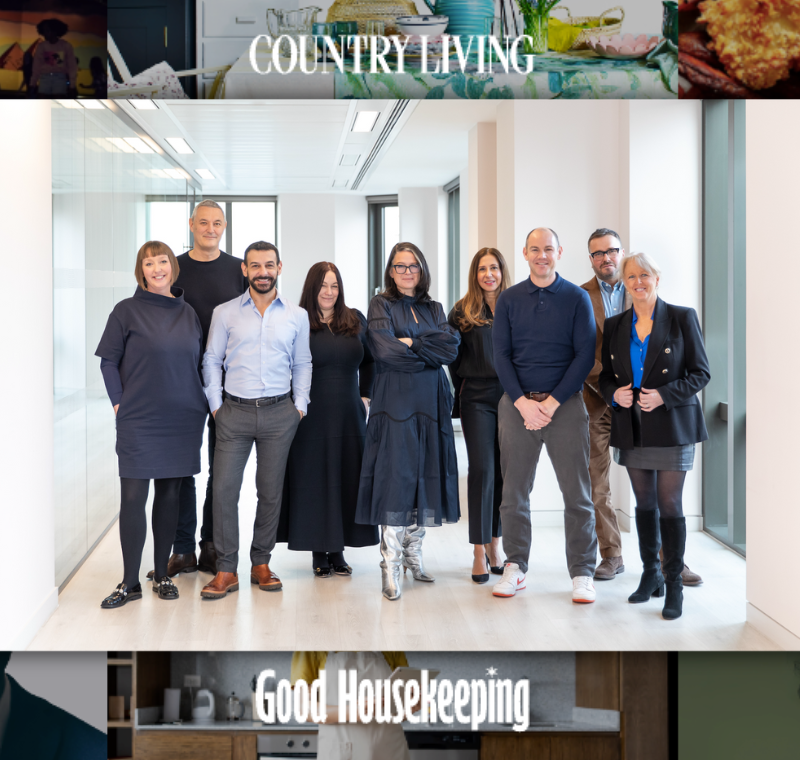Harvard Business Review exec: “Be obsessed with the user”
“We were once just a magazine,” said Macht. “Now we’re a magazine, a website, a mobile site and a tablet version. We’ve just launched the third major revision of the site in the last nine years, which demonstrates lots that’s interesting and new.”
Macht said that the HBR brand has “reached new heights” with its website being the number one source of new business. “Customers’ willingness to pay has gone up,” said Macht, “and we’re feeling good about our story right now”.
For a company that is all about having the best management ideas, HBR found that going digital was simply not enough. Macht spoke about the company’s innovative approach to this, which involved selling books and adding tools to enhance their users’ ideas and put them to good use.
But HBR’s transformation did not come without its challenges. “All transformations start off pretty bleak – ours certainly did,” said Macht.
“We had a lot of bumps along the way, but learned three big lessons from taking old iconic brand and bringing it into the digital age.”
Be something
As a print magazine, HBR was faced with a 200,000 subscriber base that was sinking. “People were paying less and less and we were creating more and more,” said Macht. “We had no social media profile, original online programming and no vision of the future.”
Macht explained how HBR turned the business around and gave attendees the following pieces of advice:
Be patient
“Change doesn’t happen overnight – we’re still learning things nine years on,” said Macht. “Everyone wants things to happen quickly but remember event social networks are not an overnight success. These things take time. I’m not saying you should blindly go off and not make money, but be patient!”
Be obsessed with the user
“You can get caught up in process and forget about your audience. Don’t lose track of the primary stakeholder. We’re trying to move towards being obsessed with them.”
Macht explained how HBR has created an advisory board, consisting of 8,000-10,000 users online, who can be asked about editorial decisions in the business. The company has also connected its marketing and editorial departments and encouraged the building of relationships and trust within the company.
HBR also charted its offering against the competition. “You need to figure out what your premium advantage is,” said Macht. “If you can’t say that in one minute or less, you need to ask yourself why your publication is so important.”
Other ways HBR is obsessed with the user have included designing a database to track behaviour and segments and prototyping new products with its customers. “You need to prioritise users over other stakeholders,” he said.
In conclusion, Macht urged attendees to start changing, now. “If you spend too much time planning, at some point you have to start moving. Technology is running water and change is constant. If you’re tinkering with perfect idea, be careful, because you may find it’s useless.”
Story by Amy Duffin.
More like this
How the Sunday magazine redesign at the New York Times could benefit its readers and bottom line
How digital (and consumers!) helped Harvard Business Review grow across platforms, including print









